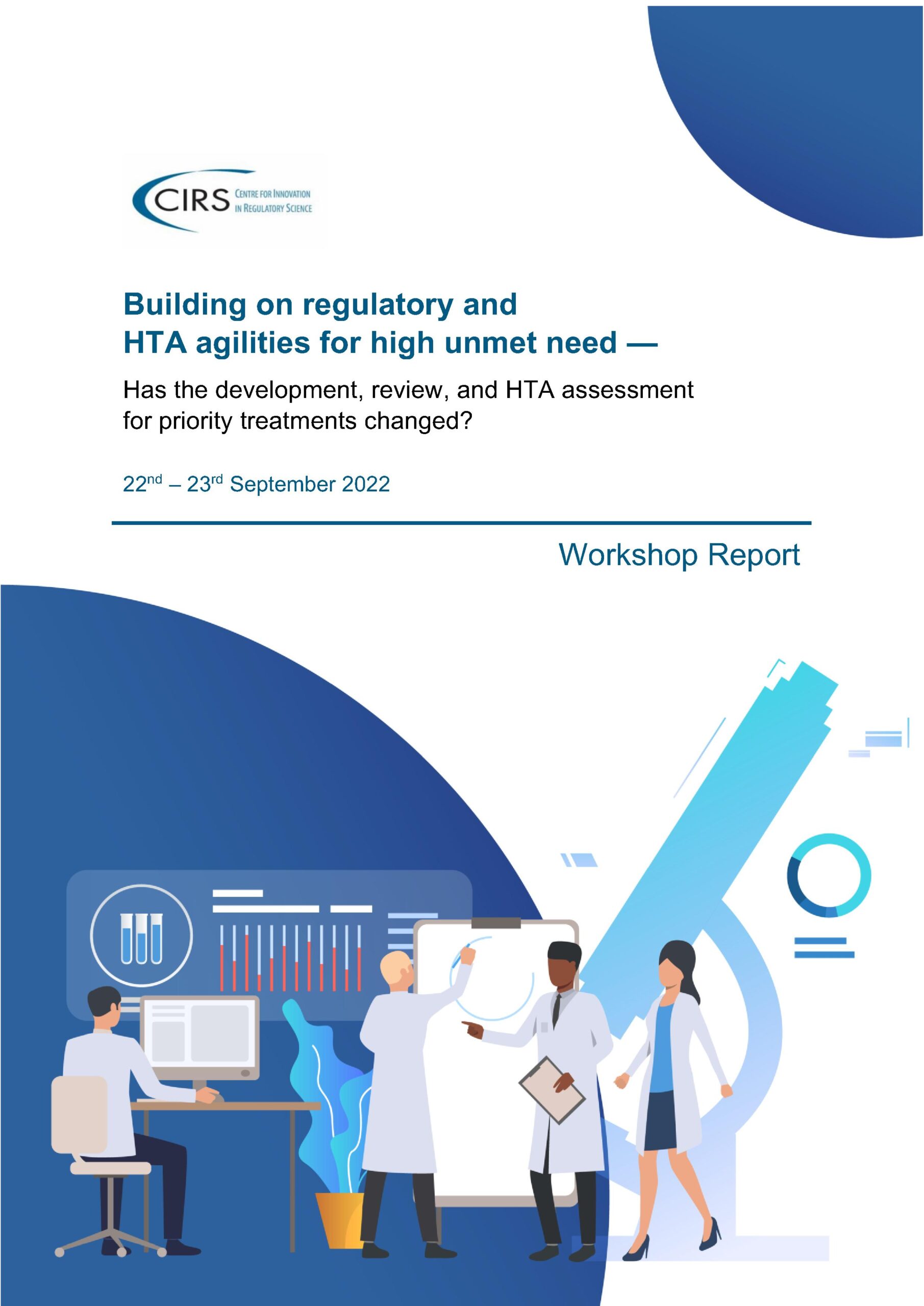In 2020, coronavirus disease (COVID-19) spread rapidly around the world and halted regular social, business, and research activities. The pandemic impeded normal functioning across several fields, and businesses and agencies alike were forced to adapt. Under conditions of immense pressure in the healthcare sector due to the pandemic, regulatory agencies and companies had to reformulate and modify their regulatory and health technology assessment (HTA) processes in order to reduce redundancies while still maintaining high standards of decision making. Facing these challenges head-on, agencies and companies developed agilities that helped them bring new therapeutics and vaccines for COVID-19 to the public in a safe and timely manner following adequate development and assessment.
Today, the world is inching closer to a “post-pandemic” era in which most COVID-19 restrictions have been lifted. Meanwhile, companies, regulatory bodies, and HTA agencies are actively assessing how the new frameworks built to bring COVID-19 vaccines and therapies to the market can be sustained. Some of these regulatory agilities achieved during the pandemic include:
- Increased use of facilitated regulatory pathways, such as conditional approvals
- Greater acceptance of digital health technologies in the field of medical development and the post-approval space
- Increased application of real-world evidence (RWE)
- Consideration of Cloud-based submissions.
Given that these fine-tuned processes developed during the pandemic appear to be effective, there could be benefits to maintaining them in the future and extending them to other areas of medicine. It is believed that the regulatory agilities implemented during the pandemic to maintain the smooth functioning of regulatory systems should be made permanent parts of the regulatory framework and/or built upon so as to reduce redundancies and improve efficiency. Indeed, some of these learnings are already being incorporated into new initiatives, such as the Prescription Drug User Fee Act (PDUFA) VII in the USA and the European Commission Pharmaceutical Strategy.
There are, however, some key challenges that need to be addressed. Different bodies have identified different approaches and limitations based on their own missions and targets, and an overall synthesis of what can be eliminated and what should be retained from multiple perspectives is not fully clear. Further, how the new policies and agilities can be improved upon in a post-pandemic world also needs to be delineated, especially from the purview of clinical trial design and conduct and the review and reimbursement of new medicines.
In this context, the workshop aims to discuss whether the processes and frameworks for the development, regulatory review, and HTA assessment of COVID-19 treatments that were developed or adopted during the pandemic are sustainable. Another key question the workshop seeks to answer is whether these policies can also be extended to other diseases and areas of medicine for which there are high levels of unmet need.
Workshop objectives
- Identify any agilities, process frameworks, policies, and practices developed or utilised by regulatory and HTA agencies to adapt to the pandemic and discuss the feasibility of extending these ideas or innovations to other clinical areas related to the development, assessment, and introduction of therapeutics for diseases with high unmet needs.
- Discuss the overall impact of current agency and company initiatives aimed at facilitating medicine development, evaluation, and access and further deliberate their sustainability.
- Provide recommendations on factors that can help incorporate regulatory and HTA agility into current and future frameworks for the development, evaluation, and reimbursement of new medicines.

